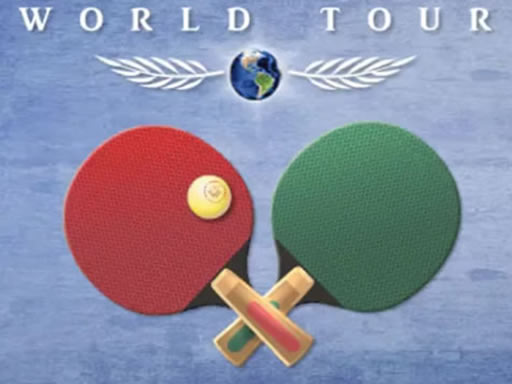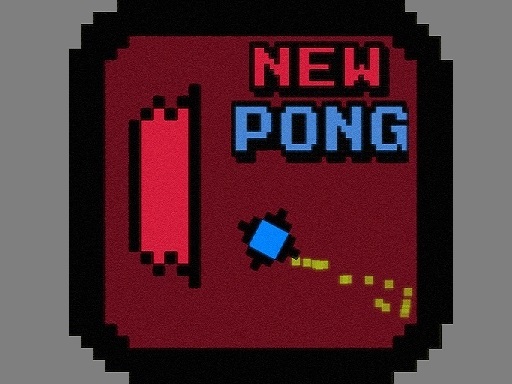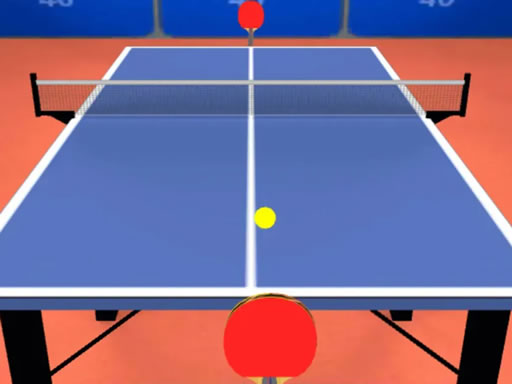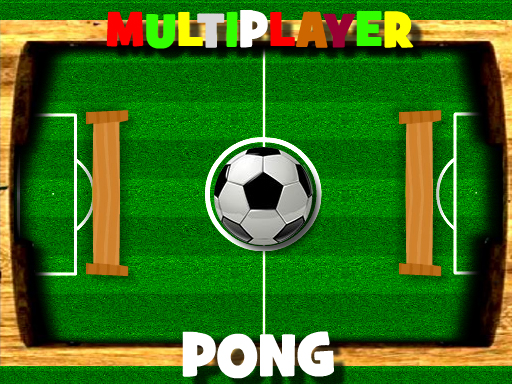Winning a ping - pong (table tennis) game requires a combination of technical skills, strategic thinking, and mental toughness. Here are some key aspects to focus on:
I. Technical Skills
- Proper Grip
- Penhold Grip: This grip is popular in Asia. Hold the racket as if you're holding a pen, with your thumb and index finger gripping the blade on either side of the rubber. It offers good control for close - to - the - table play and quick attacks.
- Shakehand Grip: Hold the racket as if you're shaking hands with it. The fingers are wrapped around the handle. This grip provides more power and is suitable for a wider range of strokes, including drives, loops, and smashes.
- Strokes
- Forehand Drive: Step forward with your non - racket foot, transfer your weight forward, and swing the racket forward and upward from the low - middle part of the ball. This stroke is used for attacking and creating offensive opportunities.
- Backhand Drive: Shift your weight onto your back foot, then as you swing the racket forward, transfer your weight forward. It's important for quick returns on the backhand side.
- Loop: A more advanced stroke, especially useful against spin - heavy shots. Brush the ball slightly upwards to impart top - spin, which makes the ball dip quickly over the net and bounce higher on the opponent's side, making it difficult to return.
- Serve:
- Short Serve: Keep the ball low and close to the net on the opponent's side. It can be used to prevent the opponent from attacking immediately.
- Long Serve: Send the ball deep into the opponent's court. Vary the spin, such as top - spin or back - spin, to make it challenging for the opponent to receive.
- Footwork
- Move your feet quickly to get into the right position for each shot. For example, for a forehand shot, step diagonally with your non - racket foot forward. Good footwork allows you to reach the ball in time and generate power from your body rotation.
II. Strategic Thinking
- Analyze Your Opponent
- Observe your opponent's playing style from the start. Notice if they are more offensive or defensive, which side of the table they are stronger on, and what types of spins they use. For instance, if your opponent is weak on their backhand, try to target that side with your serves and shots.
- Vary Your Shots
- Don't rely on one type of shot. Alternate between short and long shots, different spins (top - spin, back - spin, side - spin), and between forehand and backhand strokes. This keeps your opponent off - balance and makes it harder for them to anticipate your moves. For example, serve a short back - spin ball, then follow it up with a long top - spin drive.
- Control the Pace
- You can speed up the game by hitting fast, powerful shots to put pressure on your opponent. Conversely, slow down the pace with soft, spin - rich shots to force your opponent to make mistakes. For example, after a series of fast drives, suddenly play a very slow, short - spin shot.
III. Mental Toughness
- Stay Focused
- Keep your concentration throughout the game. Don't let distractions, such as noise from the crowd or a bad call, affect your focus. If you make a mistake, quickly forget about it and focus on the next point.
- Manage Pressure
- In tight situations, like when the score is close, stay calm. Take a deep breath before important shots. Visualize a successful shot in your mind to boost your confidence. Remember that your opponent may also be feeling the pressure, so staying composed gives you an edge.
- Be Adaptable
- If your initial strategy isn't working, be ready to change it. Maybe your opponent has figured out how to counter your serves, so you need to come up with a new serving pattern or adjust your shot selection.
For those who wish to play ping pong, check out this free Ping Pong game that is simple and fun.














